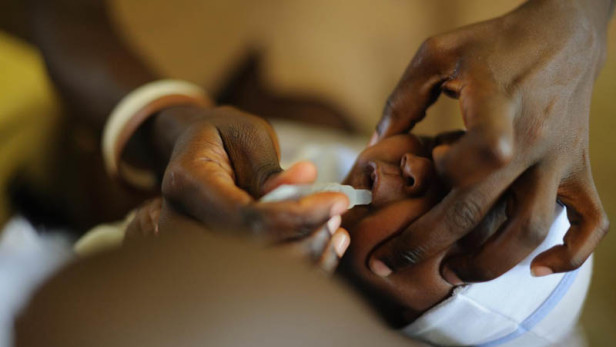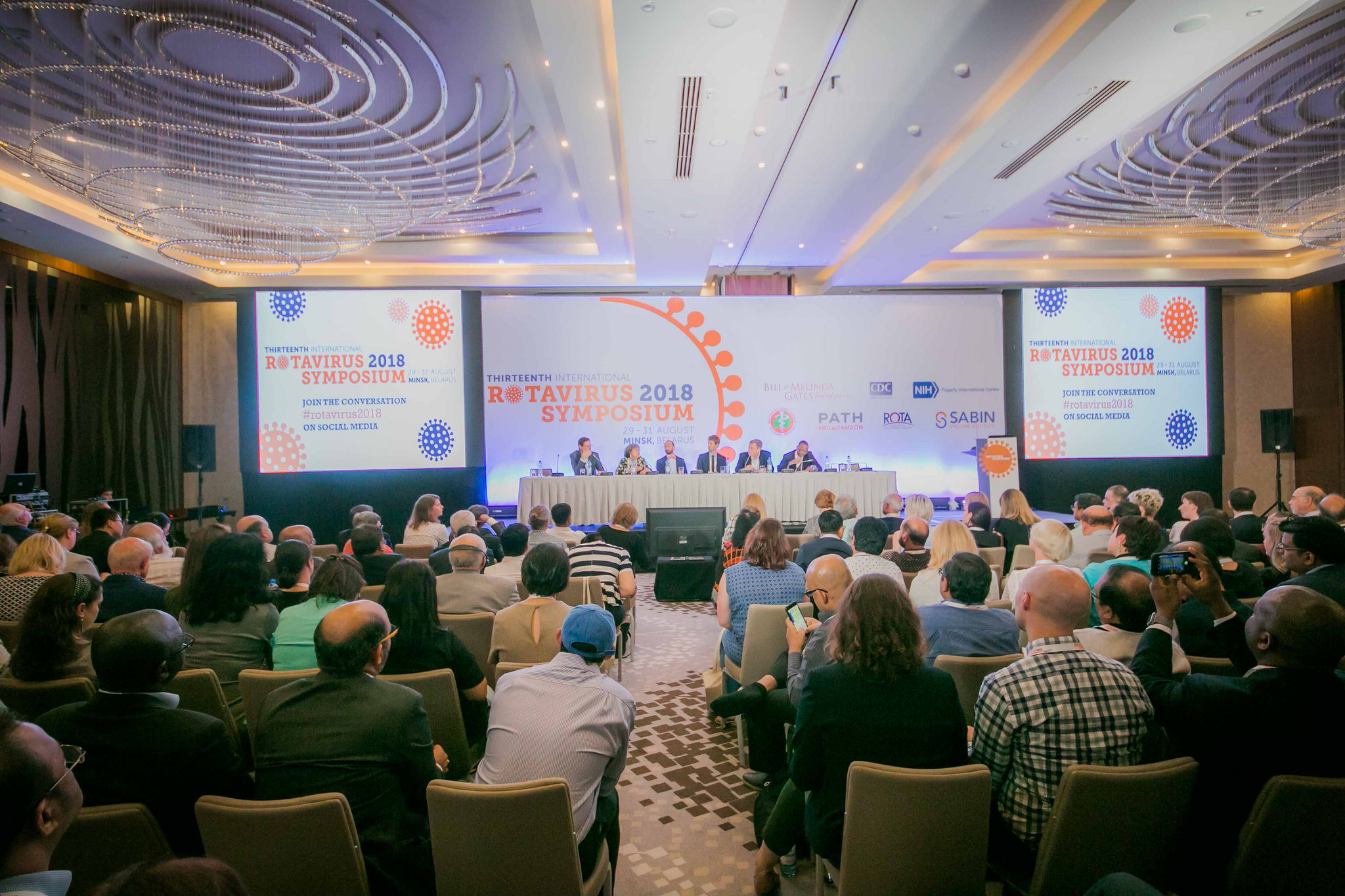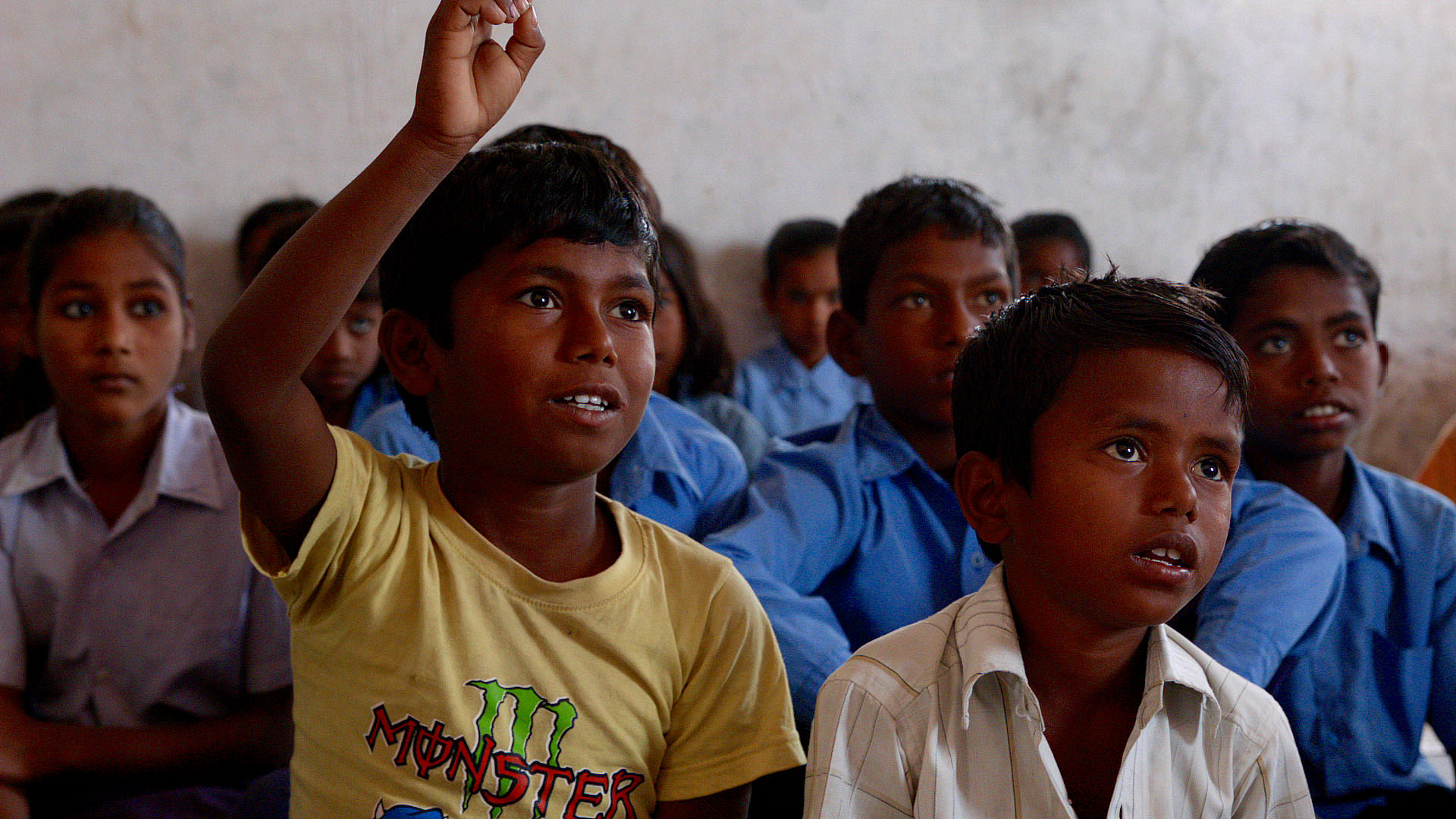In the match against diarrheal disease, equity is our end goal
|
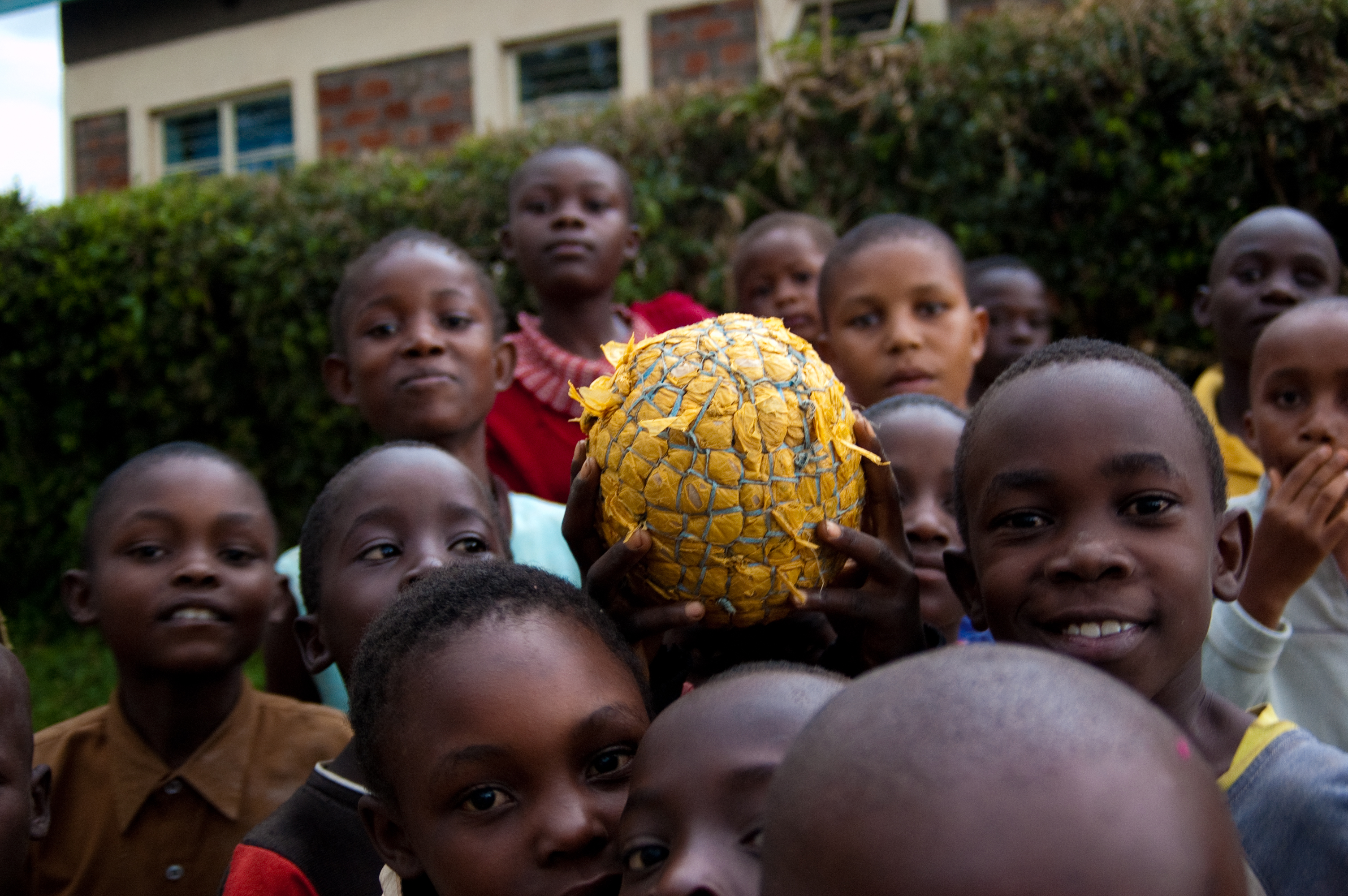
In the game of cricket and in most sports, the all-star players are the ones who are best at teamwork. I was the captain of the cricket team at my high school, and I played cricket all the way through medical school. I was the wicket keeper who stands behind the batsman and stops the ball if the batsman does not connect with the ball. While I may not consider myself a cricket all-star, I learned that several sets of eyes, and several brains, are always better than one. Different players bring different strengths, but you can never win on your own – you have to play to the strengths of your teammates.
The effort to defeat diarrhea has an all-star team of prevention and treatment solutions that save lives on a daily basis. The toilet is a VIP of diarrhea prevention—albeit a humble one. It helps breaks the cycle of open defecation, water contamination, and infection with diseases like diarrhea that kill too many children each year. I am proud to have played a role in the development of oral rehydration solution (ORS), which the World Health Organization recommends be taken with a zinc supplement as the global gold standard to treat diarrhea’s dangerous dehydration. ORS has since earned its status on the all-star team by saving 60 million lives since 1980. I’m also proud to have conducted pivotal efficacy trials for the rotavirus vaccine, which is now in use in over 95 countries worldwide. Today, it is exciting to see innovative efforts continue in new areas, such as the development of new types of toilets that can improve hygiene, efficiency, and sewage engineering.
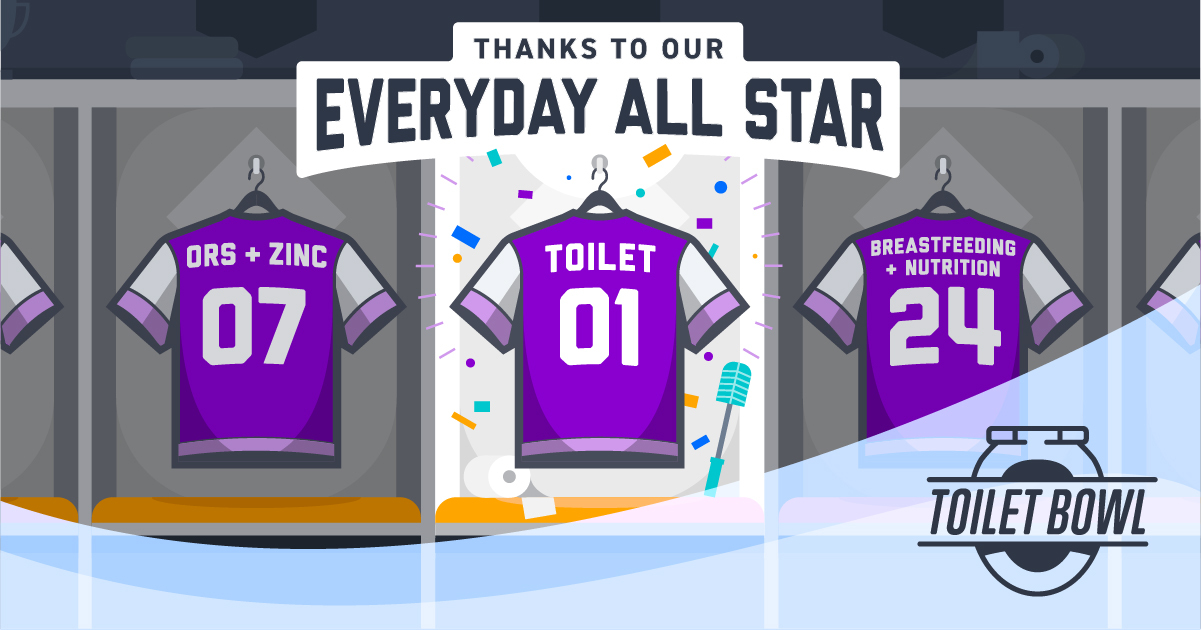
The global health community has made great progress in developing and advancing this team of prevention and treatment solutions. But, while we need to continue the current momentum, we also need to talk about equity. These all-star solutions should be available to all families.
Around 4.5 billion people, or 62.5% of the world’s population, still live without a safe toilet, and 892 million people still practice open defecation. Additionally, access to child health treatment solutions including ORS and zinc is falling woefully short. A recent report from the International Vaccine Access Center analyzed the delivery and use of key child health interventions in 15 countries with high child mortality and found that, while vaccination coverage goals were met in a few countries, zero out of the 15 countries were able to attain goals for treatment. This was especially true among subnational populations that are remote, impoverished, or otherwise left behind: inequities in access persist based on a child’s gender, rural location, maternal education, and wealth.
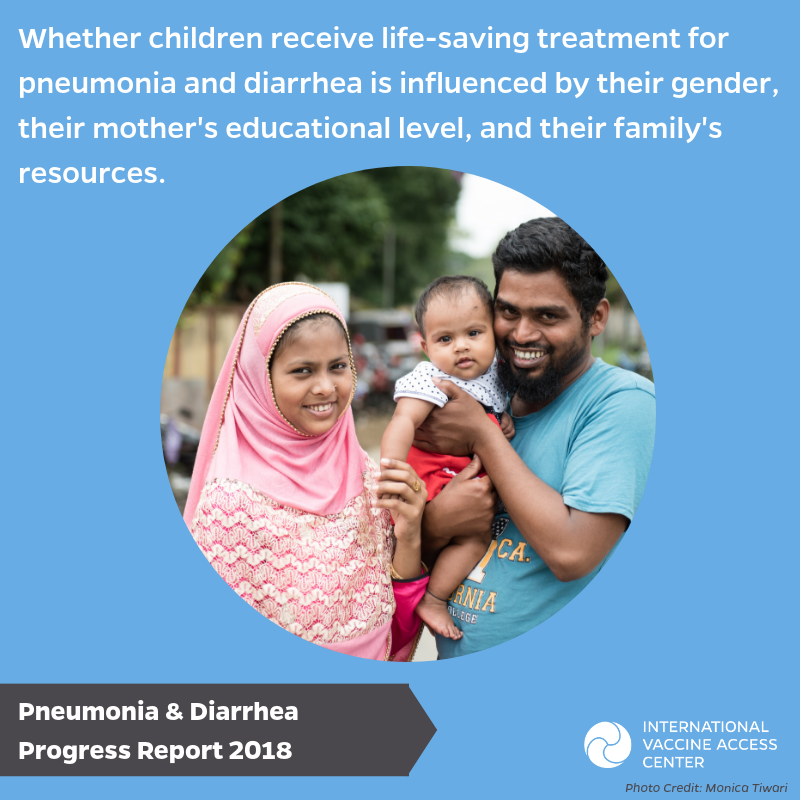
If we truly want to achieve the UN’s Sustainable Development Goal target of reducing under-five mortality to at least 25 per 1,000 live births by 2030, we will need to address inequity. We can develop more and better drugs, vaccines, and technologies, but unless we develop innovative systems and strategies for their delivery to those whom we are not already reaching, they will only continue to benefit those who already have access.
So, how do we address inequity? I believe it starts with teamwork. Governments need to collect and share better data on whom they are and are not reaching. Global organizations and funders need to continue supporting proven solutions while also prioritizing improving access, perhaps through innovative delivery solutions for existing products. One example of this is a modification in packaging for ORS and zinc: instead of having them only available as separate products, countries are beginning to use co-packs that ensure access to both at the same time, when needed. And finally, we could consider integrating our health system improvements—improved toilets, vaccination, and increased access to treatment—with efforts to reduce poverty and improve education.
With toilets, vaccines, and ORS and zinc as our star lineup, we truly have an all-star team against diarrhea. But in order to reach the end goal of ending child deaths from diarrhea and other preventable causes, we need to team up to make sure that all children are walking across the finish line with us. Not just some.









